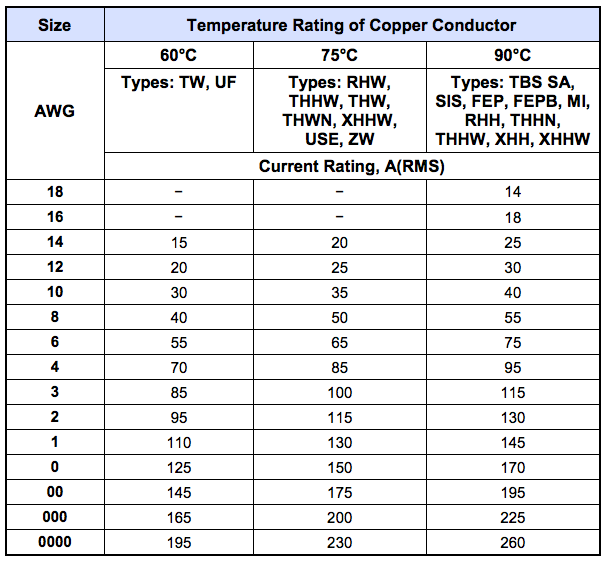- Joined
- Sep 2, 2018
- Messages
- 3,989
- Reaction score
- 1,527
Just be careful of the cable you use as I watched a you tube where the guy used 2 gauge jumper cables. 2 gauge is the right size for 40 amp, 12 volt Copper cable. For alum cable it 2/0 which is considerable bigger than 2 gauge. I've noticed many jumper cable & audio cable are copper coated Aluminum cable. It looks like copper but is alum cable coated in copper. Just beware & verify. I would call a local, not a chain parts store, tell them what you need & they should direct you to someone that can help you as it's not rocket science. Thanks & good luck!












































































